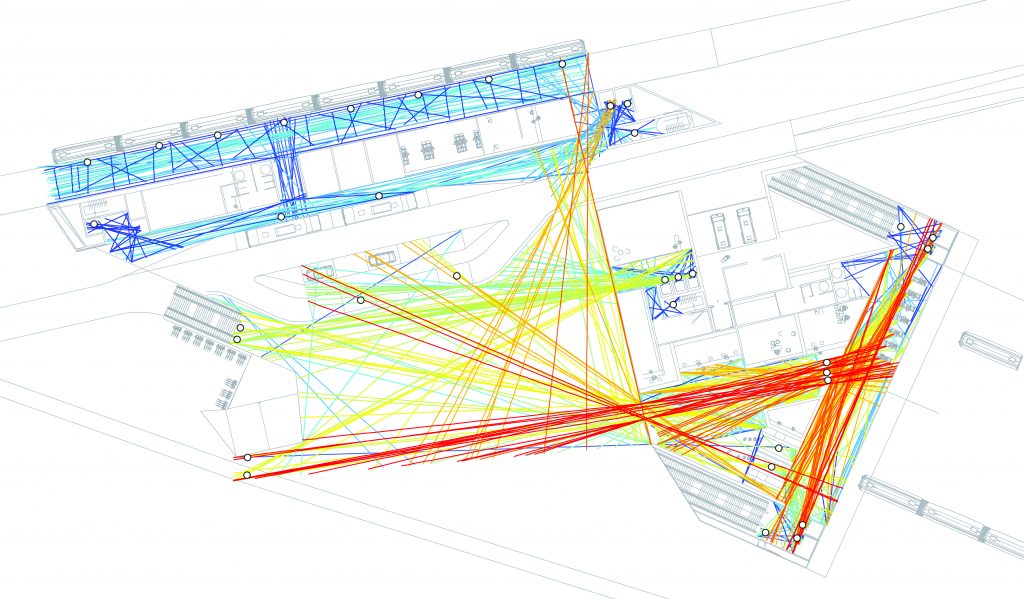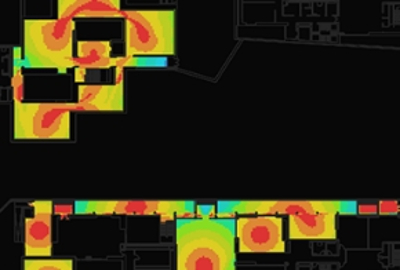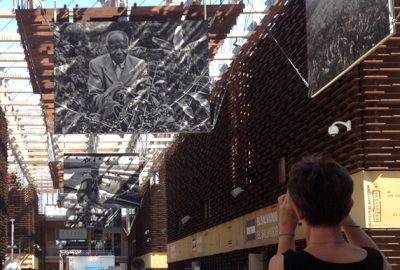Expertise
Spatial Analysis and Wayfinding

Navigating easily through complex buildings contributes significantly to building experience, ensures an efficient mobility and circulation network and, very often, leads to better pedestrian traffic flow distribution
We approach this activity from its planning point of view, through the use of complex spatial analysis tools, in order to measure the impacts of wayfinding configuration on movement patterns and to ‘strategise’ wayfinding planning to improve mobility conditions and render circulation networks more efficient and fluid.
All graphical aspects instead are developed by graphic design and signage specialist consultants, whereas the entire process is steered and managed by Systematica. Furthermore, complex spatial analysis tools are used for analysing the spatial asset of architectural configurations and large master plans, steering spatial planning during the early architectural design phases and assisting signage specialists in deciding on the most efficient positioning of signs.
This entails also spatial readings such as visibility, integration (connectivity), step depth analysis (number of turns required to reach a certain destination), etc. This type of analysis allows to provide a scientific basis for both wayfinding strategies, mainly in terms of routing pedestrian movements, space allocation and designation, proper signage configuration, etc.
Spatial Analysis and Wayfinding is also aimed to improve connectivity among internal building zones and to improve spatial intuitiveness for reaching any given destination, which occurs mainly in complex parking structures, shopping centres, airports, stadiums, etc.




